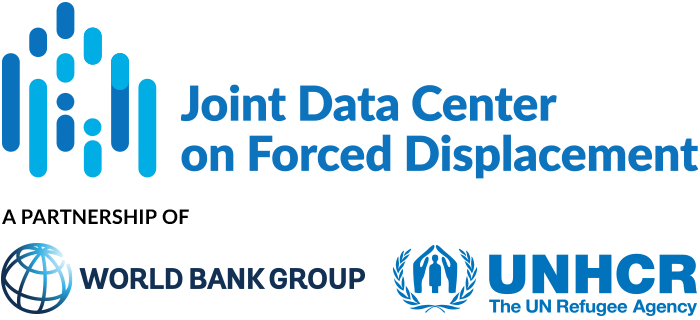This article examines the mobility aspirations of refugees in Kenya, Uganda, and Ethiopia, and includes an in-depth analysis of the mobility patterns of refugees in Kenya. The research challenges common assumptions about refugee mobility, that: (1) most refugee secondary movements (the movement of refugees from the first country in which they arrive) are South-North; (2) refugee movements are predominantly irregular; (3) aspirations to move translate into actual movements; and (4) refugees who remain in regions of origin are largely immobile.
JDC Literature Review
Macroeconomic volatility and anti-refugee violence in developing countries: Evidence from commodity price shocks
This paper examines the effect of macroeconomic volatility on anti-refugee violence in developing countries. The author focuses on exogenous commodity price shocks since commodity exports constitute a substantial share of national income for most developing countries and changes in world commodity prices are exogenous to each developing country. The analysis covers a sample of 98 low- and middle-income refugee-hosting countries between 1996 and 2015.
How do policy approaches affect refugee economic outcomes? Insights from studies of Syrian refugees in Jordan and Lebanon
This paper examines how different policy environments in Jordan and Lebanon have shaped economic outcomes for Syrian refugees, with a focus on education, work, social assistance, and welfare outcomes. In Jordan, the population census identified 1.3 million Syrians living in the country, of whom around 650,000 are recorded as registered refugees by UNHCR. In Lebanon, the government estimates that Syrian refugees numbered 1.5 million in 2021, while UNHCR Lebanon reports 850,000 registered Syrian refugees.
Forced migration: evidence and policy challenges
This article presents a summary of Volume 38, Issue 3 of the Oxford Review of Economic Policy, which focuses on forced migration. The issue explores: (1) what are the mechanisms by which refugees should be managed, and what frameworks should be used for supporting them? (2) how can policy support the integration of refugees into host economies and what are the likely consequences of this integration? (3) how are host communities likely to respond to the influx of refugees, and how can policy help to smooth this transition? And (4) what role can policy play to encourage resilience among refugees and IDPs and support their return?
Do rights violations deter refugees?
This paper examines the effect of asylum policies on the number of asylum applications and refugee arrivals. Specifically, the author tests the “deterrence hypothesis” that enacting punitive measures reduces the number of asylum applications and refugee arrivals.
Older Refugees and Internally Displaced People in African Countries: Findings from a Scoping Review of Literature
This paper summarizes the peer-reviewed published research on older refugees and IDPs in Africa. The authors synthesize the main findings from this literature and compare it to the knowledge base in other regions. According to UNHCR (United Nations High Commissioner for Refugees), people aged 60 years and older make up 4 percent of refugees and asylum-seekers and 6 percent of IDPs worldwide. According to UNHCR data, more than 400,000 displaced persons in Africa were aged 60 years and older in 2019.
LIVING ON THE MARGINS: The Socio-spatial Representation of Urban Internally Displaced Persons in Ethiopia
This article analyzes the multidimensional aspects of urban marginality of internally displaced persons (IDPs) in Ethiopia. According to IDMC, Ethiopia had more than five million IDPs at the end of 2021. The authors consider three aspects of urban marginality: (1) spatial marginality (physical distance and segregation); (2) social marginality (relations with other urban residents and the city); and (3) symbolic marginality (stigma).
Context Matters: The Implications of the Mode of Service Provision for Structural and Relational Integration of Refugees in Ghana and Ethiopia
This article examines how variations in the form of service provision to refugees and host communities in Ethiopia and Ghana affects access and quality of services, the integration outcomes of refugees, and social cohesion.
Impact of refugees on wages and economic growth in a model with inflation
This article examines the effect of inflows of Ukrainian refugees on the labor market in Poland. The Ukrainian refugee influx increased the supply of unskilled labor in the Polish labor market.
Refugee inflows, surplus farm labor, and crop marketization in rural Africa
This article investigates the long-term effects of refugee inflows on host farmers in Tanzania, focusing on effects in labor and crop markets. The Kagera region in the northwest of Tanzania received large-scale inflows of refugee from Burundi and Rwanda in the early 1990s. The Kagera region is remote and impoverished, and most local households engage in subsistence agriculture.


